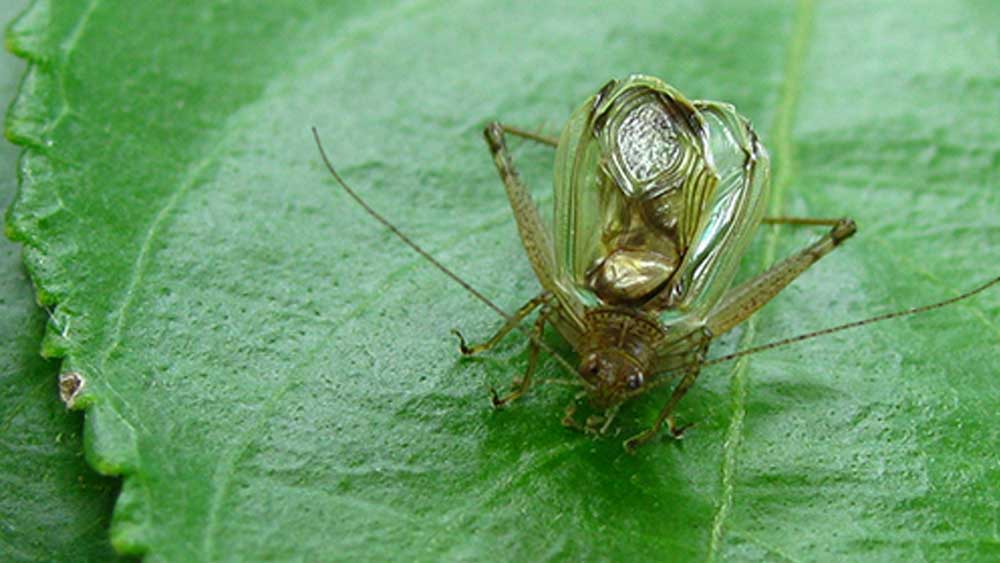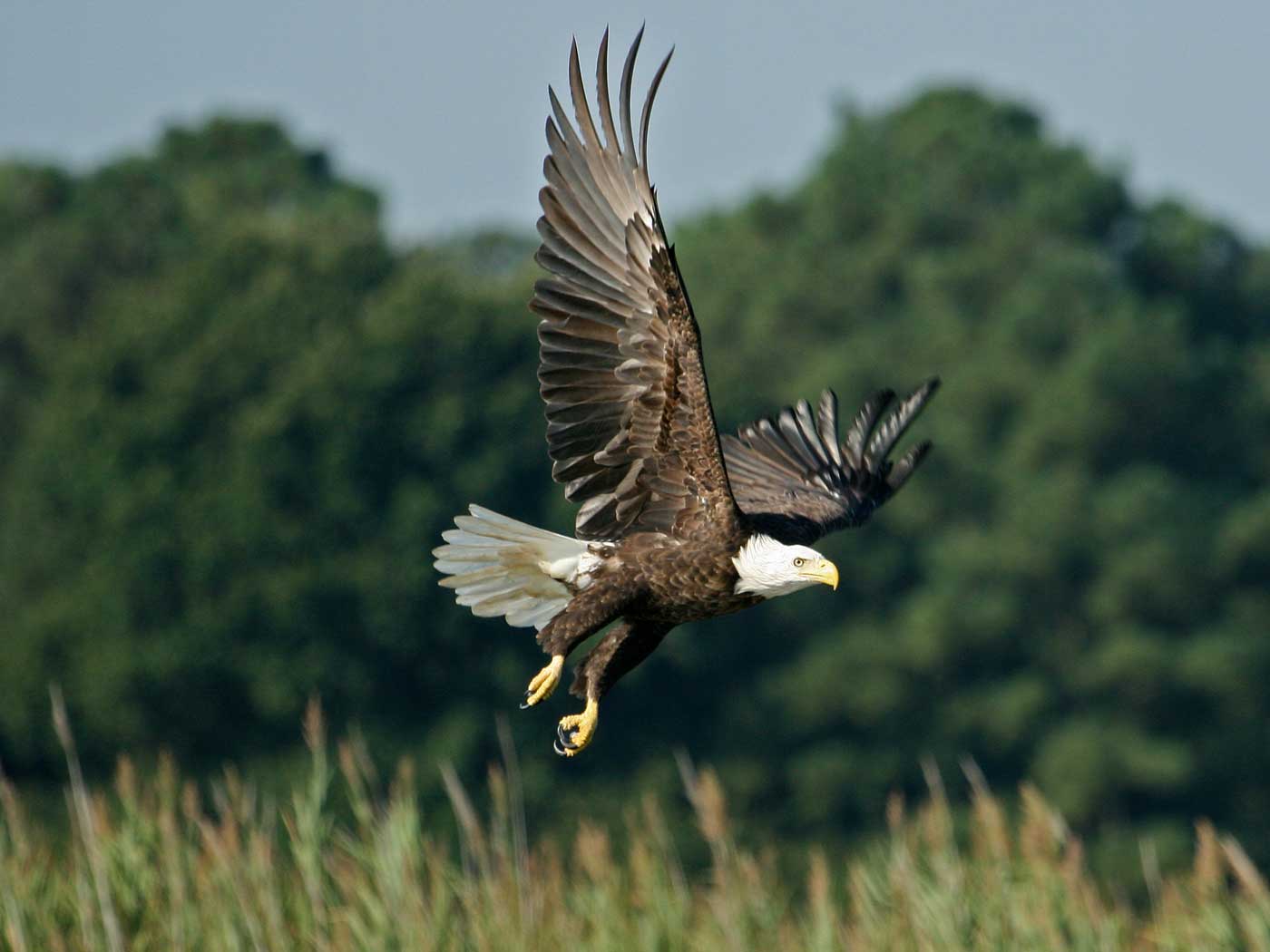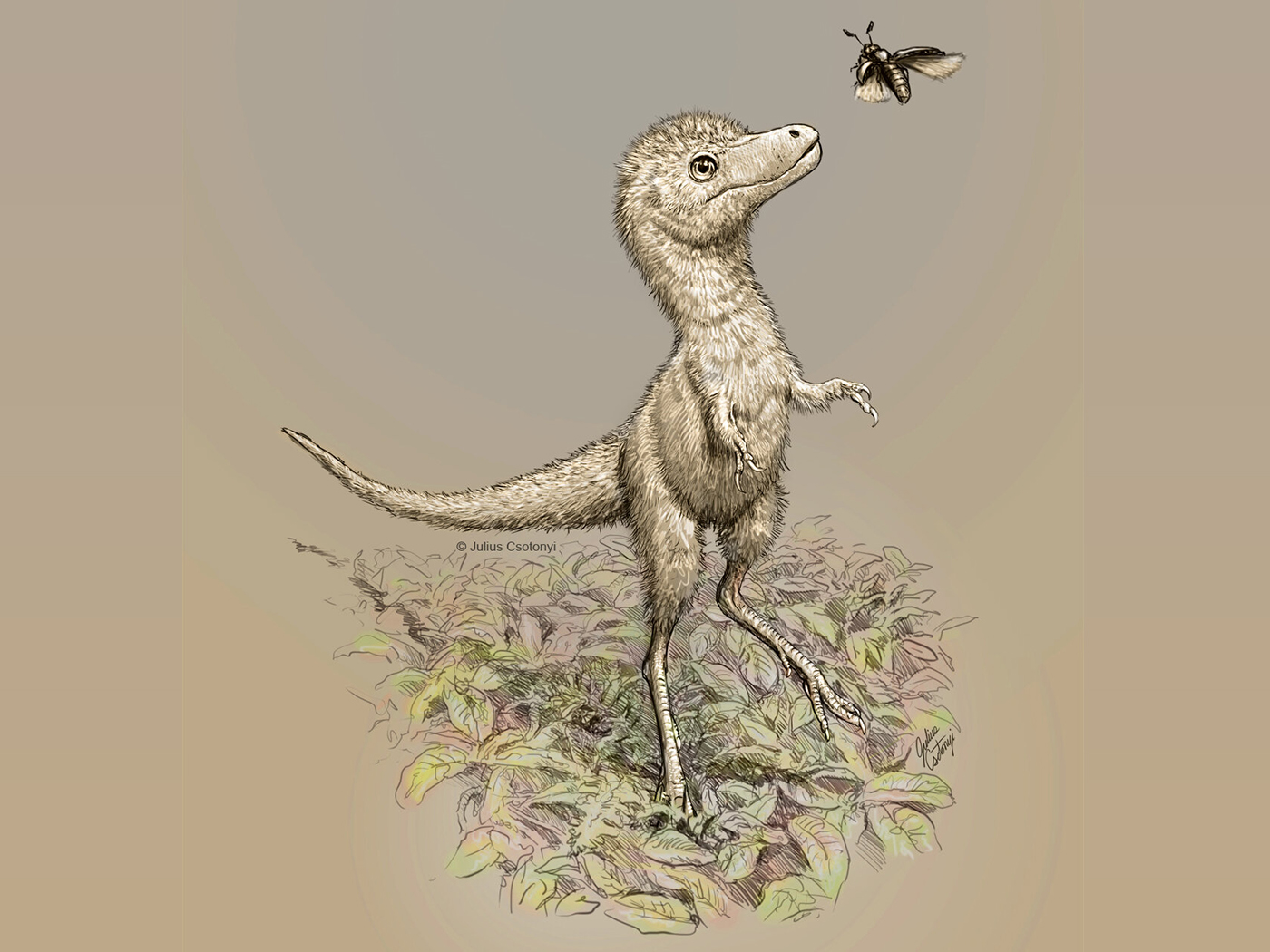One hundred percent effective. How often does that happen, especially in the dog-eat-dog world of biology? Researchers from the University of Bristol in the UK and Graz University in Austria found exactly that in a life-saving strategy that a species of flying cricket uses. Where does perfection like this come from?
The cricket makes its home on Barro Colorado Island, Panama. There, bat calls punctuate katydids’ persistent jungle noises. Without some way to avoid bat sonar detection while flying at night, all sword-tailed crickets could soon get converted into guano. According to new results, published in Philosophical Transactions of the Royal Society B, the specific features they use to avoid bats work just right.1
The very moment these crickets hear a bat sonar signal at a certain volume, they stop flying and drop. But how do they know that sound came from a bat? The insects only respond “to ultrasonic calls above a high-amplitude threshold,” according to a University of Bristol Press Release.2
Once in the air, these flying crickets have no time to try and discern call pattern differences between bats, katydids, or other noises. So instead of call patterns, they tune in to a high-amplitude threshold that excludes all katydid sounds. Who set that threshold? If nature did it, then how many crickets had to get eaten before natural selection tuned that threshold? And how would the dead crickets digesting in bat stomachs have communicated what didn’t work to their living?
In addition, the insects’ “very low sensitivity” keeps them from responding to the katydid sounds with “similarly high sonic and ultrasonic frequencies.” The study authors wrote, “Remarkably, any increase in sensitivity would result in such false alarms.”1 The crickets would never even take flight if they constantly registered the many false alarm katydid calls.
How loud does the bat call need to be in order for these flying crickets to decide to drop from the sky? Exactly 85 decibels. That volume corresponds to a bat at “7 meters away, which is the exact maximum distance over which these bats would detect the swordtail crickets’ echoes.”1
Now who taught these crickets exactly when bat echolocation detects their tiny bodies?
The crickets combine low sensitivity with volume specificity to ignore katydid noise and pay vital attention to bat noise. The study authors wrote, “Their classifier is doubly optimal with 0% false alarms and 100% response to calls indicating detection by their echolocating predators.”1
Stated another way, “This strategy helps them achieve perfect false alarm rejections of background noise and perfect correct detection of dangerous bat signals.”1 We find a match in the Bible, where Psalm 18:30 says, “As for God, his way is perfect.” These crickets’ strategy and the Creator Who invented it both have this in common: Perfection.
Stage image: A sword-tailed cricket.
Stage image credit: University of Bristol. Adapted for use in accordance with federal copyright (fair use doctrine) law. Usage by ICR does not imply endorsement of copyright holders.
References
1. Romer, H. and M. Holderied. 2020. Decision making in the face of a deadly predator: high-amplitude behavioural thresholds can be adaptive for rainforest crickets under high background noise levels. Philosophical Transactions of the Royal Society B: Biological Sciences. 375(1802).
2. Staff Writer. Eavesdropping crickets drop from the sky to evade capture from bats. University of Bristol Press Release. Posted on Bristol.ac.uk May 8, 2020, accessed May 20, 2020.
*Dr. Brian Thomas is Research Associate at the Institute for Creation Research and earned his Ph.D. in paleobiochemistry from the University of Liverpool.

Jungle Crickets Use Sophisticated Design to Avoid Bats
The Latest
May 2024 ICR Wallpaper
"Have I not commanded you? Be strong and of good courage; do not be afraid, nor be dismayed, for the LORD your God is with you wherever you...
Was a Key to Photosynthesis Evolution Discovered?
Northern Canadian lakes were the source of recently discovered unique photosynthetic bacteria of the phylum Chloroflexota. After years of culturing,...
CREATION PODCAST
Four Moons That Indicate a Young Universe | The Creation Podcast:...
Earth has one moon, but Jupiter has many! What can we learn from our celestial neighbor's satellites? Do they indicate youth?
Host...
Creation Kids: Seeds and Sprouts
by Renée Dusseau and Susan Windsor*
You're never too young to be a creation scientist and explore our Creator's world. Kids, discover...
APOLOGETICS
Christ’s Creativity in Canyon Critters
Grand Canyon animals display many marvelous traits and behaviors as they live life in that harsh habitat. These canyon creatures succeed thanks to the...
Standing Against False Science
I’m Michael Stamp, and I’m in my 12th year as an editor at the Institute for Creation Research. It’s always an encouragement to see...
Oysters and Pre-Flood Longevity
The oyster species Crassostrea virginica, also known as the eastern oyster, is a prized seafood. Research has demonstrated that a fossil version of...
Galápagos Finches: A Case Study in Evolution or Adaptive Engineering?
A group of birds known as Darwin’s finches live in the Galápagos Islands, which are located in the Pacific Ocean 600 miles west of Ecuador....
Hot Springs National Park: Hydrothermal Springs Formed By The...
Hot Springs National Park is located about an hour southwest of Little Rock in the folded Ouachita Mountains of central Arkansas. It is the second smallest...
Why Biology Needs A Theory of Biological Design—Part 2
“Based on a true story” is included by movie producers to add authenticity, importance, and a flair of anticipation. So, my account of how...


























